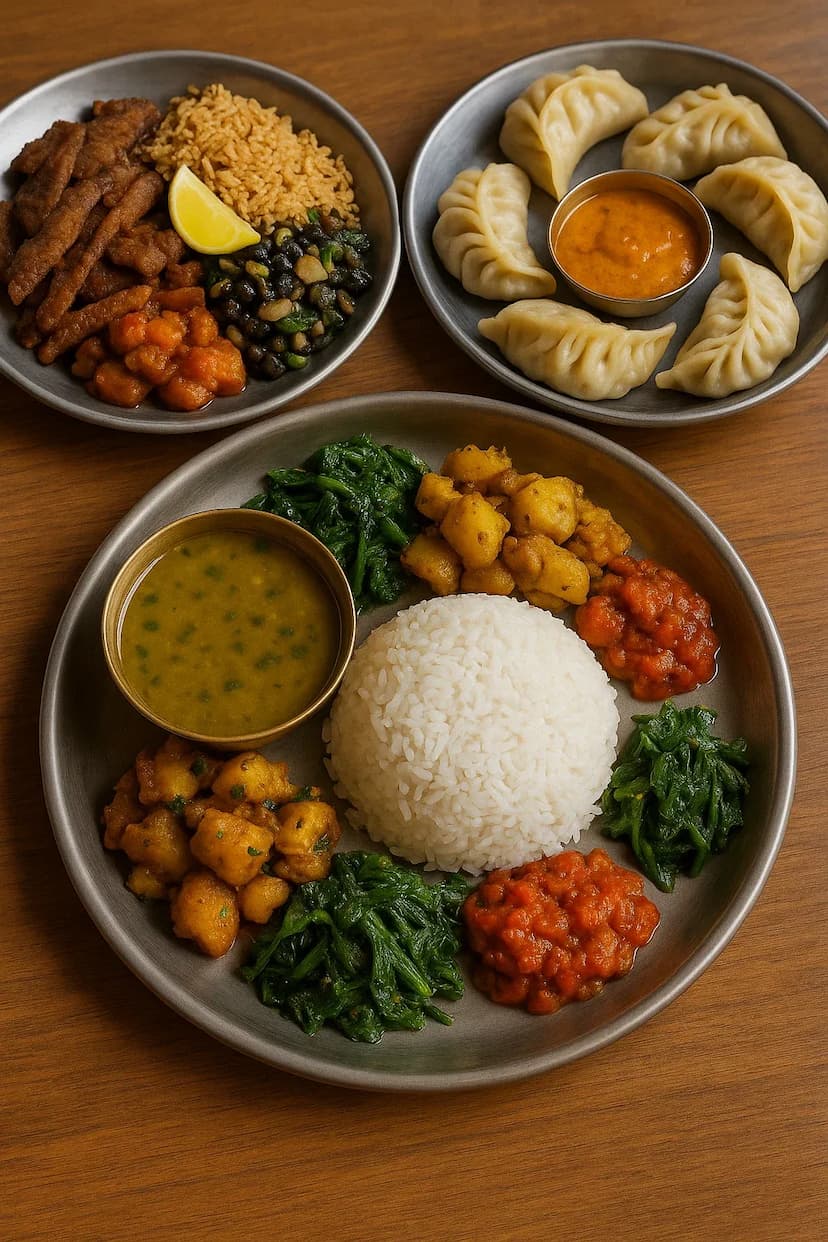Naar-Phu Valley & Himlung Himal Expedition

 bySuman Neupane
bySuman NeupaneHimlung Himal (7,126 m) is in the remote Nar-Phu (sometimes Naar-Phu) Valley, northern Nepal, near the Tibetan border, in the Annapurna/Manaslu region. Typically, 25–30 days for a full expedition (trek in + climb + return) depending on schedule, acclimatization, weather windows. Spring (April-May) and autumn (late September-October) are the preferred times. Weather is more stable. Winter is harsh, monsoon is risky with snow/landslides/heavy rain.
You begin from Kathmandu, drive or jeep to trailheads (often via Besisahar, then to Koto). The trekking route goes through remote villages: e.g. Dharapani, Meta, Kyang, Phu Gaon, etc. Phu is the major village in the Phu Valley, before approaching the Base Camp of Himlung. Trails include river crossings, steep ascents/descents, high passes sometimes, and trekking at high altitudes. Terrain is often rough, with rocky trails, glaciers when you approach the base camp, moraine, etc.
Usually three camps above base camp: Camp I (5,450m), Camp II (6,000m), Camp III (6,300-6,400m). The summit push is made from Camp III. The standard climbing route is via the Northwest Ridge. After Base Camp, you cross the glacier (Pangri Glacier) to Camp I, then up glaciated slopes through crevasses to subsequent camps. Some sections require steep snow slopes, perhaps 35-50° slopes, fixed ropes above certain camps. No heavy rock climbing in the standard route, though technical mountain skills are needed.
Reaching 7,126 m means “extreme altitude.” Thin air, high risk of Acute Mountain Sickness (AMS). Proper acclimatization is essential. While it's considered “moderately difficult” for a 7,000m peak (sometimes described as AD grade — “Alpine Difficulty” plus) because of snow, ice, crevasses, glacier travel, fixed ropes in steeper parts. Must have prior experience (e.g. on 6,000m peaks) and be confident with crampons, ice axe, glacier navigation.
Long trekking days, heavy loads (early in the trek, then equipment up to higher camps), cold nights, wind, snow. Summit day can be 10-12 hours or more.
The remote trekking offers few facilities, sparse lodges/teahouses in villages, limited communications, and in high camps none. All gear, food, etc. must be carried in. Rescue / evacuation options are limited. On the trekking, local teahouses and lodges. Very basic in more remote villages. Rooms are twin or triple share, minimal amenities: bed, blankets, maybe heating/power in lower villages. Shared bathrooms, sometimes squat toilets, maybe no hot showers or if present, very basic.
Meals on the trail, standard Nepali food: Dal Bhat (rice, lentil soup), sometimes noodles, soups (thukpa), bread, some simple “Western” or Indian dishes depending on the lodge level. Above Base Camp: meals are carried or prepared by the expedition – high-altitude rations, freeze-dried or pre-packed meals, and energy foods. Cooking in mess tents.
At Base Camp / high camps: Tents. Shared mess tents/kitchen tents. Sleeping tents. Need to bring / be provided sleeping mats, down sleeping bags. Some expeditions use insulated pads. Also, for high camps, very minimal – just functional to survive nights.
You will have experienced guides, often licensed by the Nepal Government. Asian Hiking Team operators use climbing Sherpa’s for the higher camps. Some use local guides in Naar-Phu to help with route, culture, translation, acclimatization advice. To carry gear, food, tents, expedition equipment, etc. Early in the trek and up to Base Camp. Above Base Camp, everything must be carried up (by porters / Sherpa / team).
Asian Hiking Team carry first-aid kits, oxygen for emergencies, sometimes satellite communication or radio between camps. Rescue plans in place, though evacuation in remote high camps is difficult and weather-dependent. The guides and porters are insured, their meals and accommodation are provided.
Gorgeous remote valleys, high mountain views, glaciers. Villages with Tibetan influences, monasteries, prayer-flags, traditional local life in Naar & Phu. Far quieter than the more popular trekking regions.
The altitude, cold, remoteness test your endurance. Summit days are long and tiring. Weather changes can force delays. Camp life is basic and demands being flexible, patient. You’ll need to deal with discomfort, cold, limited facilities. But that’s part of what gives the sense of accomplishment. Slow ascent, rest days, rotations (climbing up and returning to lower camp) help adapt.









